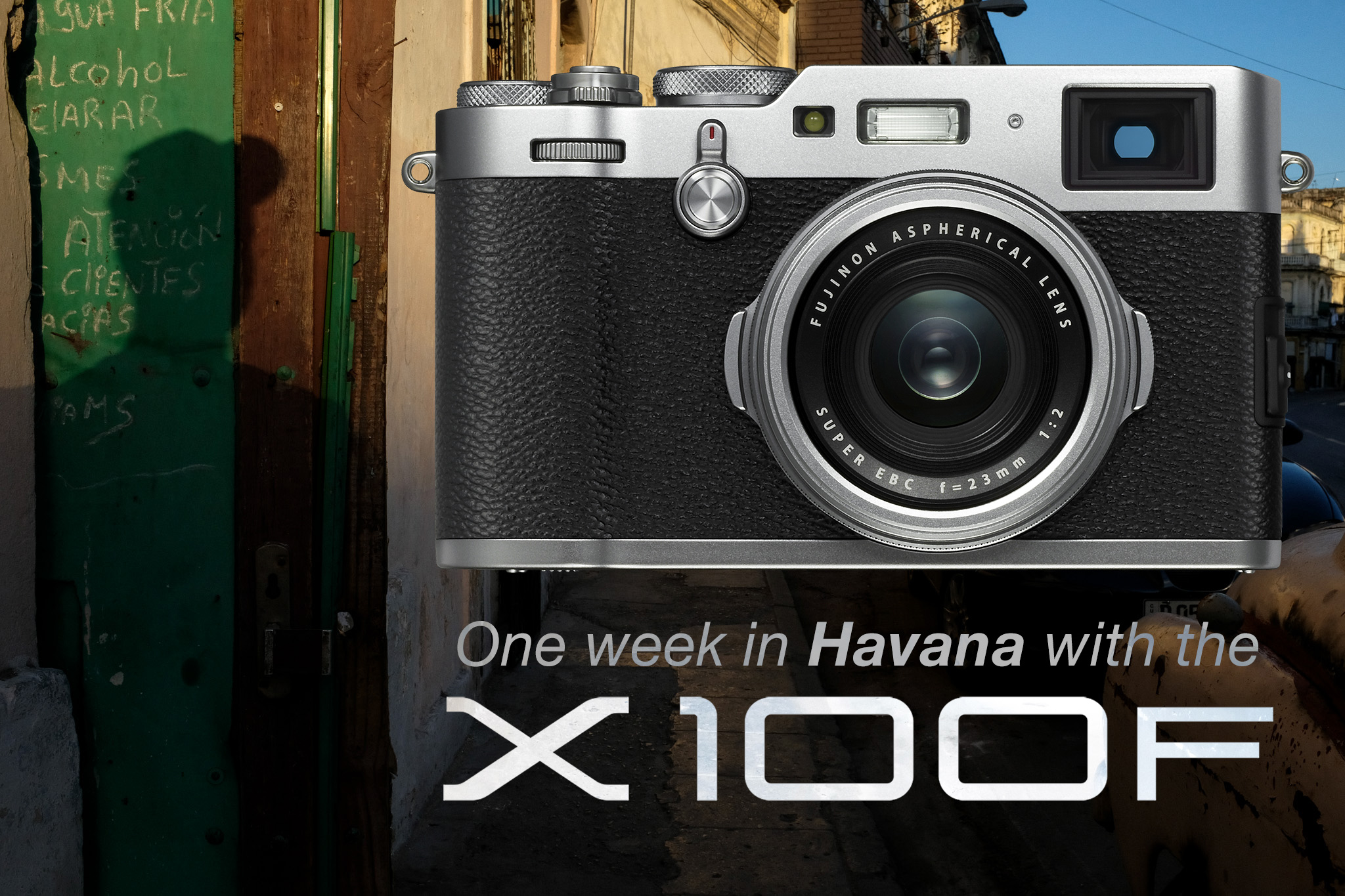Street photographers have been anticipating a new X100 for months and the Fuji X100F is finally here! I took this excellent little camera to Havana for a week of street photography and I was impressed every step of the way. It’s small, responsive and the image quality is out of this world. Hit the jump for my full Fuji X100F street photography review!
Fuji X100F Street Photography Review
I’ve wanted to shoot in Cuba for as long as I can remember. So when I got the chance to try out the new Fuji X100F the first thing I did was book a ticket to Havana and hit the ground running. I wanted to see if Fuji’s latest X100 camera was up to the task of shooting street in one of the most interesting cities in the world!
I don’t want to spoil the review but… Holy crap! I am so impressed by this little guy!
As always, my reviews aren’t filled with specs or technical details. There are plenty of websites that can provide that information for you. My review is a real world analysis of how this camera performs as a street photography tool. So let’s have at it!
Don’t Worry, The Fuji X100F Is Still An X100
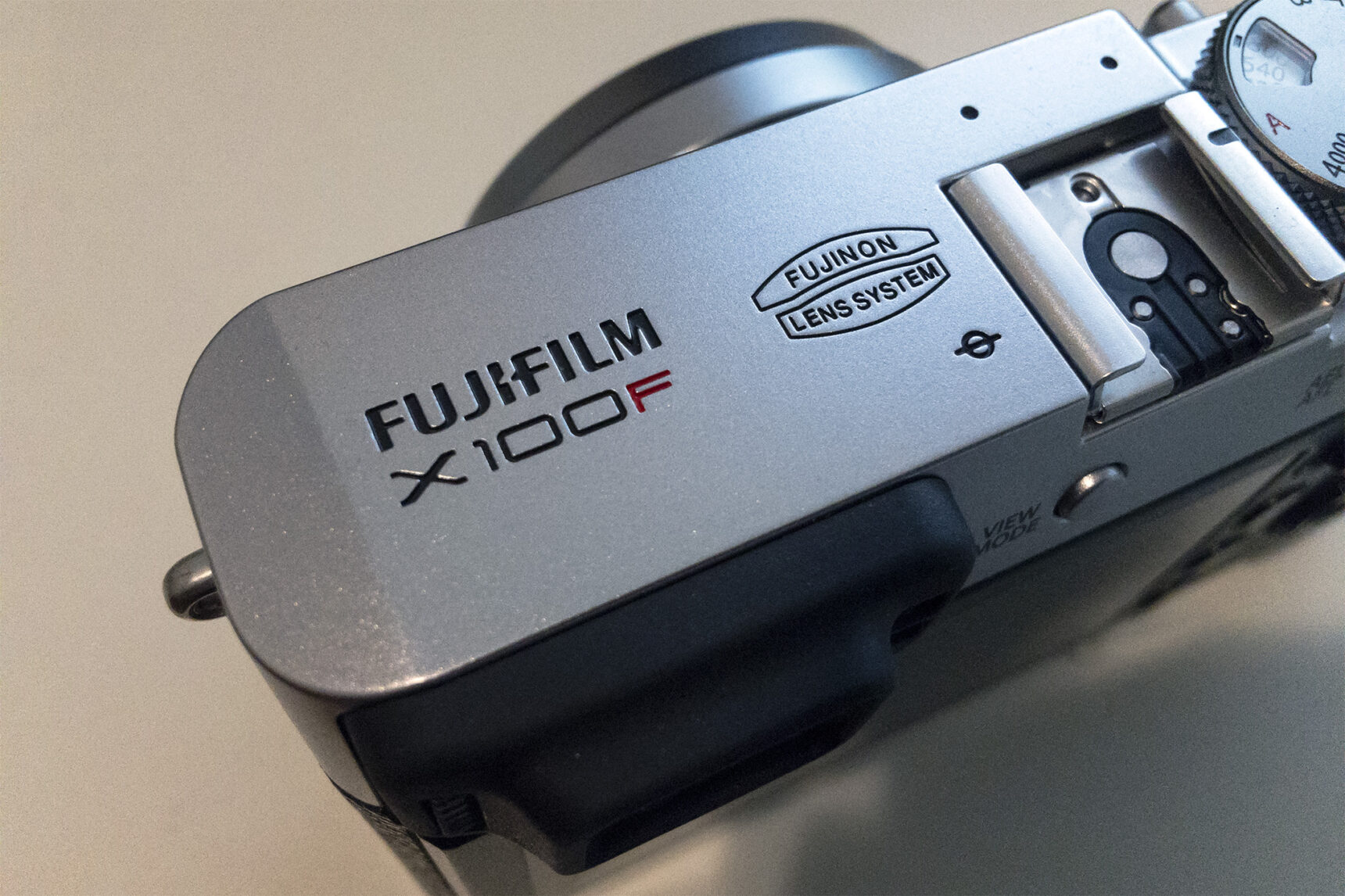
Fuji has made plenty of updates to the X100F and I’ll get into that in a bit. But before I can talk about what’s new I think it’s important to talk about what’s the same.
At its core, the X100F is still an X100. It’s still got the amazing small form factor and light weight that we’ve all come to expect from the X100 series of cameras. The button layout is updated but instantly familiar to anyone who’s every used a Fuji camera. And it still uses the incredible hybrid viewfinder that defined the Fuji brand and inspired street photographers every step of the way.
Fuji isn’t messing with the winning formula on this one. It’s an X100 through and through!
This Little Camera Has Some Mojo!
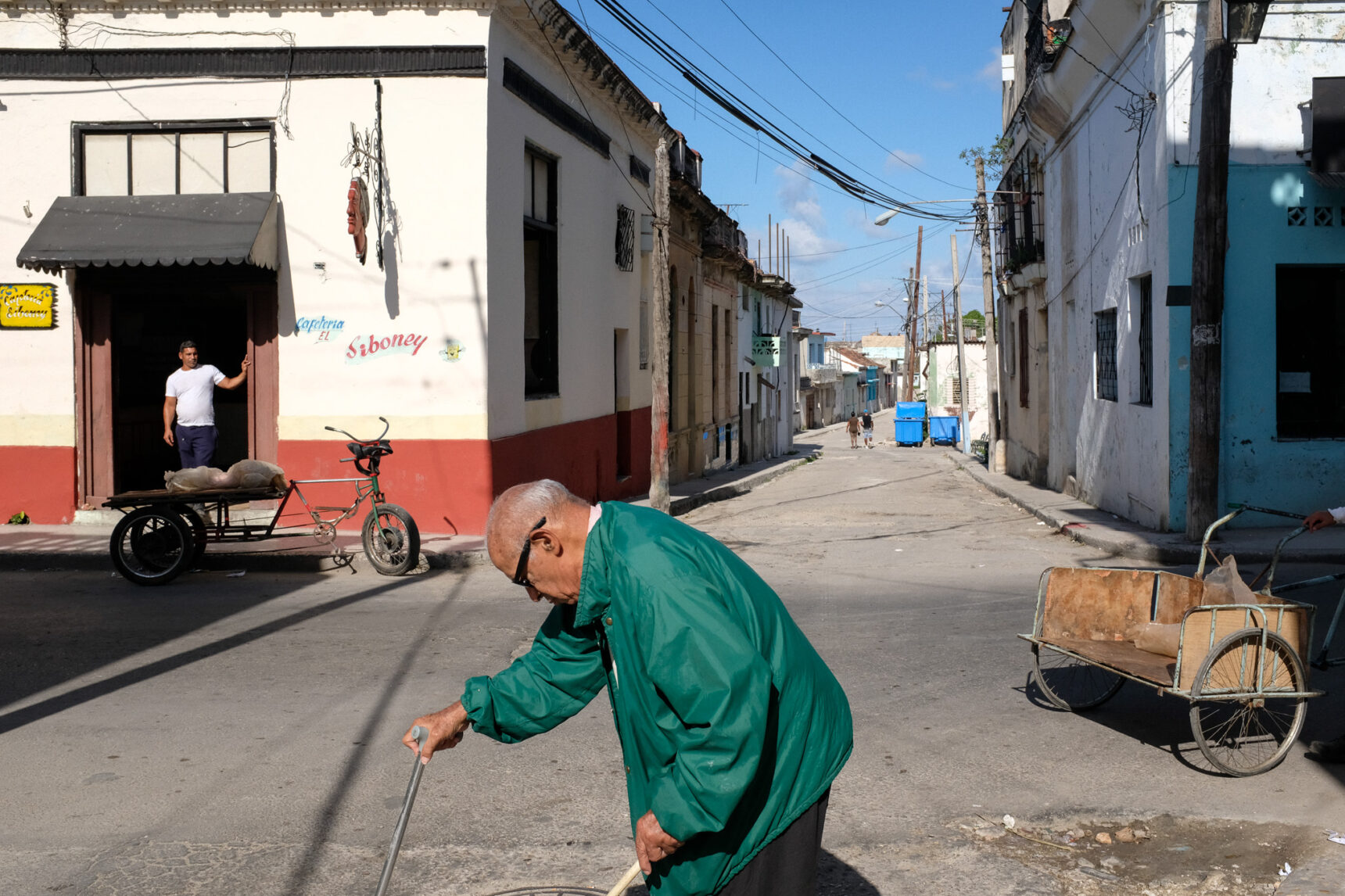
The Fuji X100F also uses the same 23mm f/2 lens that the X100 has used since its inception in 2011. Now a lot of people were worried that this aging lens architecture wouldn’t be able to resolve the new 24MP X-Trans III sensor. And I can tell you without a doubt there is NO PROBLEM there.
In fact, this lens in works so well with this particular sensor that I swear there’s some kind of witchcraft at play. Not since the original X100 and its CCD sensor have I been this excited over image quality from an X100 camera. Don’t get me wrong, the X100T had great image quality but it didn’t have the pop that I’m seeing from the X100F. Colors are vibrant but realistic and elements in the frame seem to almost hover with a 3 dimensional quality that makes them leap off the screen.
Everywhere I pointed the camera I was impressed and inspired to keep shooting. I actually wanted to see how the camera would capture different scenes and lighting conditions in Havana. I’m reminded of Garry Winnogrand saying, “I photograph to find out what something will look like photographed.” Only in this case I really wanted to see what it would look like like when photographed by the X100F!
I don’t want to overstate this but this little camera has some serious mojo when it comes to image quality. It reminds me of the M9 in a lot of ways. Not that the images from the X100F look like images from the M9. But like the M9, the Fuji X100F has that kind of “something extra” that you just don’t see every day.
It Keeps Getting Better
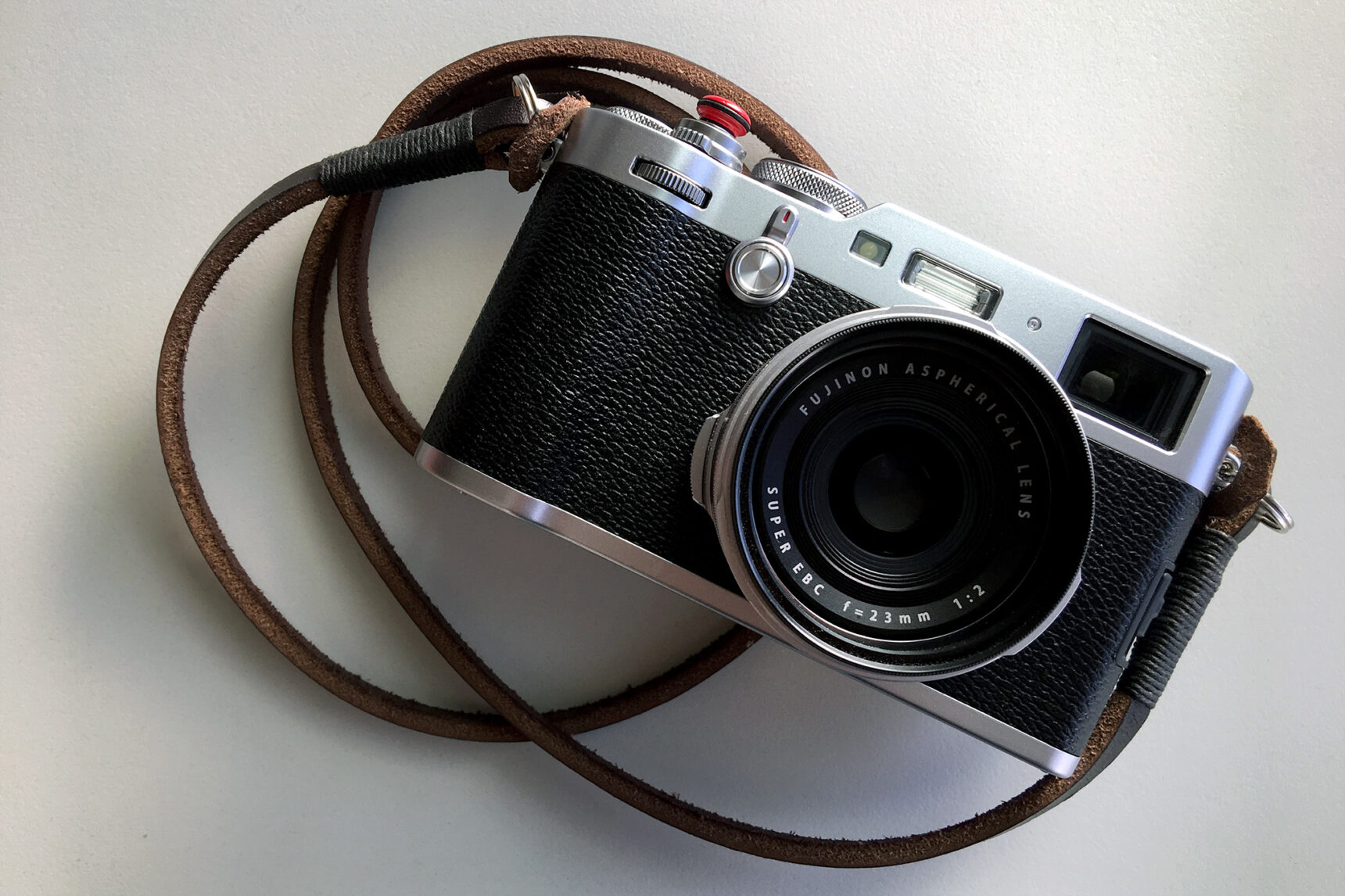
Camera manufacturers are known for making incremental updates to their gear and you’ll rarely see a revolutionary step forward for any given camera model. But the Fuji X100F contains enough little improvements and enhancements to be considered a major upgrade.
Here’s some of what’s new with the X100F:
- 24 MP X-Trans III sensor and X-Processor Pro.
- Improved EVF/OVF.
- Improved auto-focus.
- Combined ISO / shutter speed dial (which I hate).
- Exposure compensation dial with plus/minus 3 stops.
- Simplified button layout with everything on the right hand side.
- Focus point selector joystick.
- Front control dial that can be set to change ISO.
- Viewfinder selector switch button like the X-Pro2.
- Uses same NP-W126S batteries as X-Pro2 and X-T2.
- Auto ISO minimum shutter speed up to 1/500 second.
- Acros film simulation.
- No ugly letter on the front of the camera.
That’s a lot to digest but suffice it to say that Fuji has brought the X100F into the same league as the X-Pro2 and X-T2. Let’s go over some of the updates.
X-Trans III Sensor
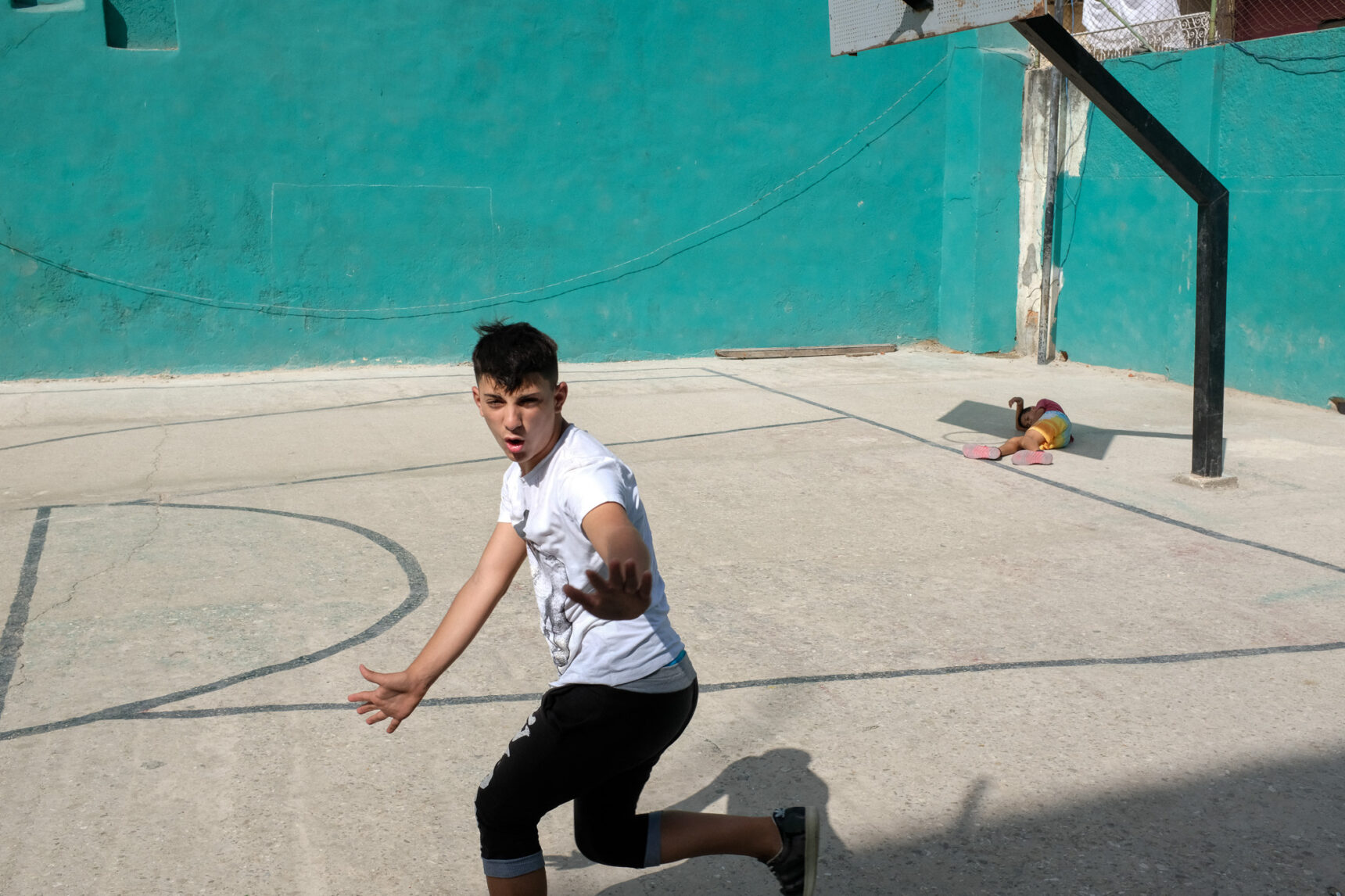
The heart of the Fuji X100F is the 24 megapixel X-Trans III sensor. This is the same sensor as the the X-Pro2 and X-T2 and it represents a major step forward for image quality in the X100 series of cameras.
Let me say right off the bat that I’m a huge fan of this sensor! It’s got amazing color rendition and contrast and excellent dynamic range (especially in the shadows). The X-Trans III represents the state of the art for APS-C size sensors and can hold its own against cameras costing thousands of dollars more.
And like I said before, there’s something special happening with the combination of the X-Trans III sensor and the X100F’s 23mm f/2 lens. Colors pop and images have an almost 3 dimensional quality that’s difficult to describe. Suffice it to say the X100F has amazing image quality across the board.
Upgraded Hybrid Viewfinder
Fuji’s introduced the Hybrid Viewfinder with the original X100 back in 2011 and it has been the hallmark of the series ever since. The viewfinder can switch between optical and electronic modes to suit just about any style of photography. While this system has its benefits the quality has been somewhat average all along.
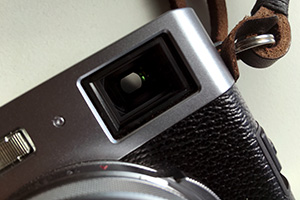
Well, they’ve upgraded the OVF and EVF on the X100F and it really makes a difference! The EVF is bright and contrasty and I found that I could confidently shoot with the EVF in bright sunlight without an issue. Lowlight shooting has been vastly improved and the EVF no longer has super slow frame rates or huge amounts of noise when shooting in less than ideal situations. It’s a solid step forward.
Fuji says the EVF is now “on par” with the X-Pro2. Now, they’re not saying it’s the same EVF as the X-Pro2 but it’s quality is similar. The X-Pro2 EVF has 80 frames per second refresh rate and the X100F is 56 (up from the X100T which was 50 fps). This is more likely due to the way the new sensor reads out than any specific frame rate improvement but it’s worth mentioning.
Finally the shot to shot time has been improved. A lot. EVF blackout is definitely on par with the X-Pro2 and just a bit behind the X-T2. This means you can grab multiple shots with quick moving subjects and always feel like you’re part of the action. Definitely a huge improvement over the X100T which was nearly a full second blackout between shots. Well done, Fuji!
The OVF has also gotten a boost and is now quite usable! Anyone who’s shot with an X100 knows that the OVF was kind of terrible. It was sort of sharp in the center but then quickly degraded to toy camera quality at the edges. You could get by using it but it was definitely not great.
Well, they’ve fixed that with the X100F and the OVF is actually quite remarkable. Bright and clear and much sharper than previous versions. I’d have no problem using this OVF full time. Well, to be honest I’ve been shooting with an EVF for the past year and I have to admit I prefer it to the OVF a this point. But it’s good to know that it’s there if I need it!
Autofocus Performance
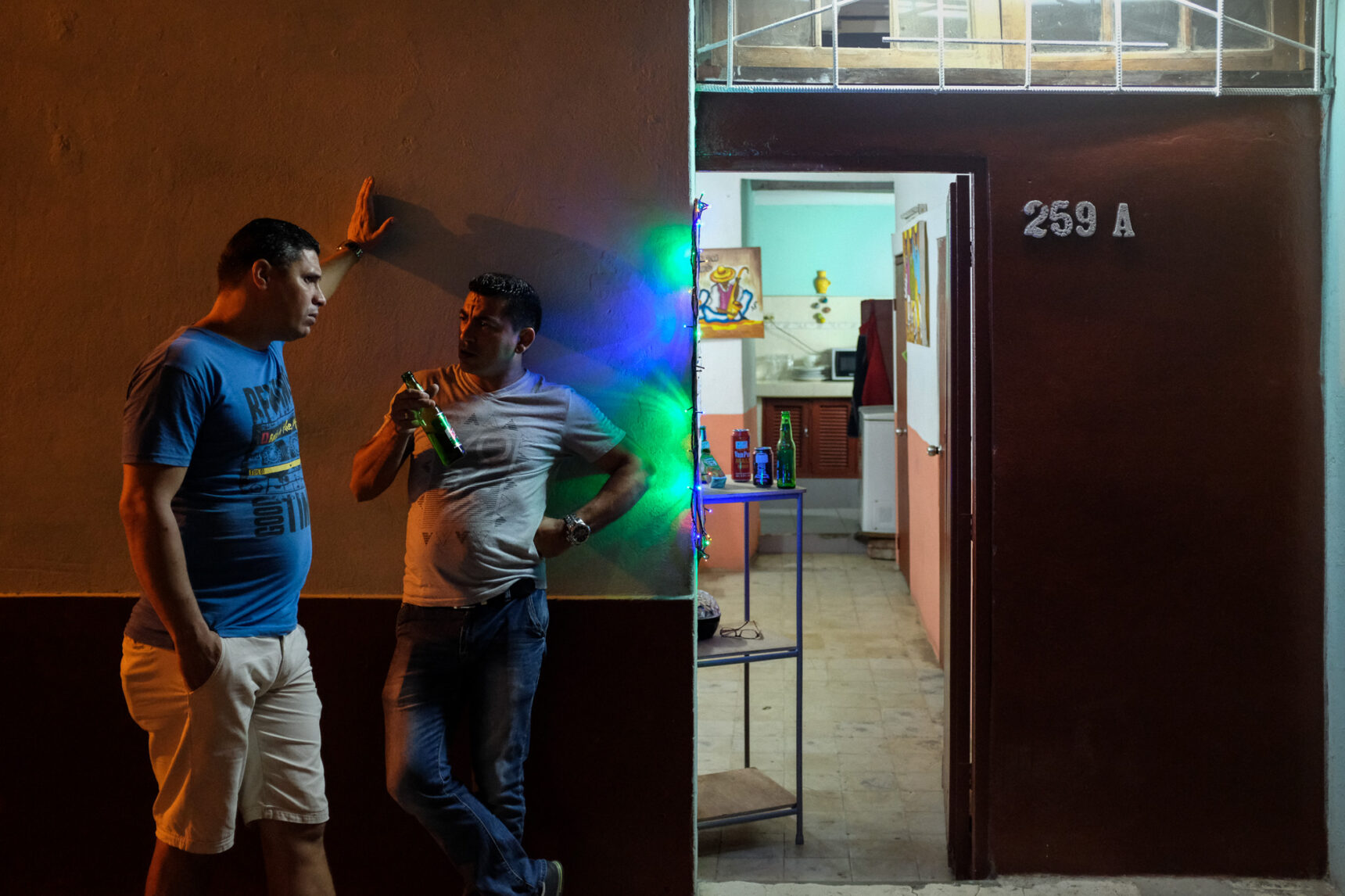
The autofocus on the X100F is definitely better than the X100T.
I did a lot of shooting wide open at night with the X100F and never had a problem getting focus even on the darkest streets of Old Havana. Focus lock felt like it was happening in about 1/2 second in most situations which is great. According to Fuji, they’ve added more AF points and tweaked the autofocus algorithm to give the best possible performance and I can definitely see the difference.
Honestly, if I hadn’t been spoiled by the speed of the X-Pro2 and X-T2 then I’d be singing the praises of the X100F autofocus. It’s perfectly capable but I’m definitely spoiled by the speedy focus of Fujifilm’s flagship cameras.
This being said, there’s nothing to actually complain about with the X100F autofocus. It’s noticeably better than the X100T and will perform well in most situations.
It Feels Like A Baby X-Pro2
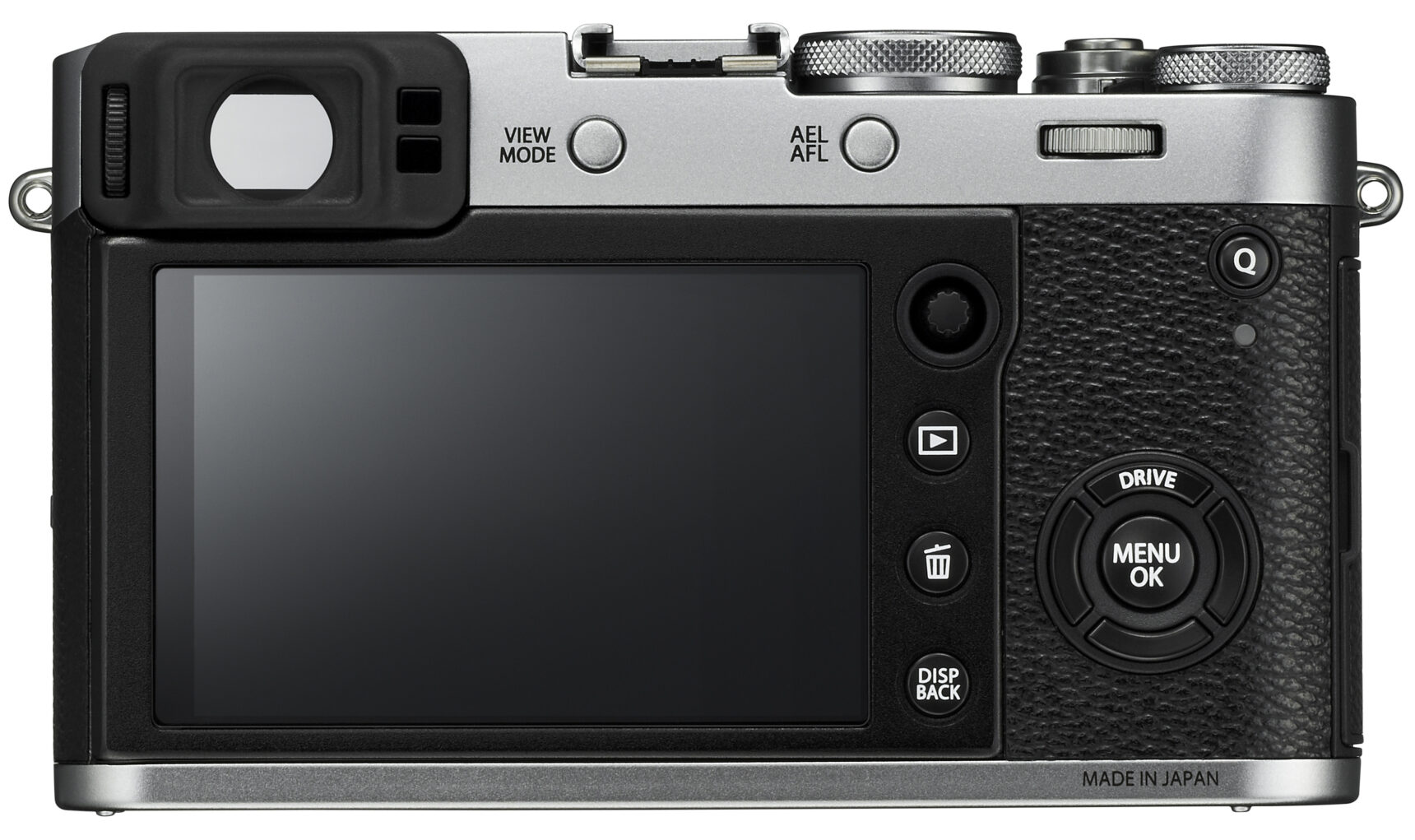
A few more features have been added or modified and in a lot of ways, the Fuji X100F is starting to resemble a baby X-Pro2.
All buttons on the back of the camera are now on the right hand side of the LCD and easily reachable with one hand. They’ve even added the little focus point selector joystick seen on the X-Pro2 and X-T2. Great if you like that sort of thing but I’m a focus and recompose kind of guy so it’s just an odditiy to me.
They’ve even added a button on the EVF/OVF selector switch. This is a nice touch that came in real handy for me while shooting in Havana with a thumb grip origianlly designed for the X100T. The AEL/AFL button is in a new position that was partially covered by the thumb grip. But you can set the new button on the EVF/OVF to AF lock which solved this problem nicely. My middle finger naturally falls on this button making its operation a snap.
Lensmate is already working on a folding thumbrest for the X100F but the AF lock button will still be tricky to reach even with a folding grip installed. Good thing there’s a workaround!
Combined ISO / Shutter Speed Dial
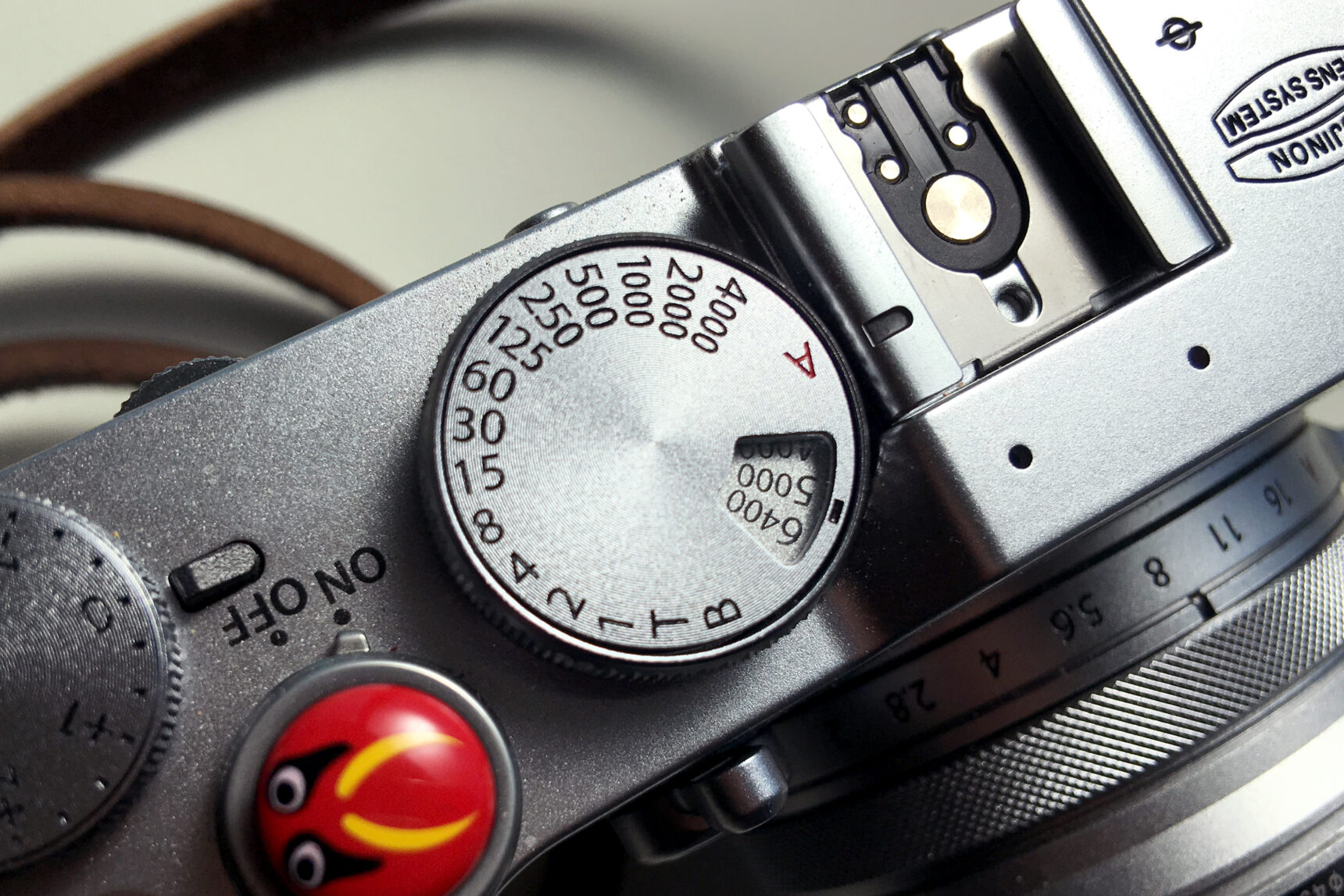
Speaking of the X-Pro2… The dreaded combined ISO / shutter speed dial has reared its ugly head again on the Fuji X100F. Look, I’m not a fan of this but I think we have to face the fact that this is now part of the Fuji interface and it’s not going anywhere.
Some people love it and some people hate it. I’m not going to join that debate here (even if I hate it). But I will say on the X100F the shutter speed dial is a little too small to allow this to be operated easily. I found it even more frustrating to use than the dial on the X-Pro2.
Front Command Dial To The Rescue
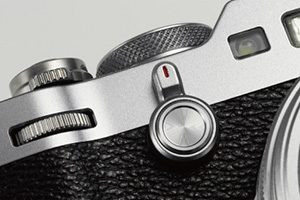
The Fuji X100F now sports a command dial on the front of the camera. This matches just about every other Fuji camera and is a welcome addition – especially considering the extra small ISO/shutter speed dial combo. Fuji now lets you use this front command dial to control ISO!
On the one hand, good for Fuji! They listen to their customers and provide an alternate way to use their cameras based on customer feedback. But on the other hand this is sort of an admission on their part that people just don’t like that command dial. So pick a side, Fuji!
The only issue I had with using the command dial to set ISO was that it is very easy to bump that dial taking the camera in and out of your bag. I ended up using this functionality when I knew I’d be monkeying with ISO frequently. Walking down a street and shooting into store fronts for example. One ISO setting for the stree and another for shoooting interiors.
Why not just use auto ISO? That’s a good question and I’ve tried it but I honestly don’t like my camera making any of these decisions for me. I’ve been shooting a long time and I know how to manually set exposure. I’d rather just do it myself. Of course, there’s tons of people using auto ISO with great success so I could be in the minority here!
Auto ISO Minimum Shutter Speed Now 1/500 Second
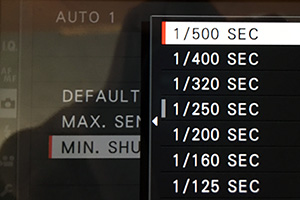
One of the things that always puzzled me about the X100T was the fact that the auto ISO minimum shutter speed was limited to 1/125 second. This is the slowest shutter speed the camera will use before boosting the ISO value and for street shooting that number is way too slow.
1/500 second is more realistic for stopping the action on the street and this addition makes auto ISO infinitely more usable on the Fuji X100F than on the T.
Bigger Battery But Same Number Of Shots
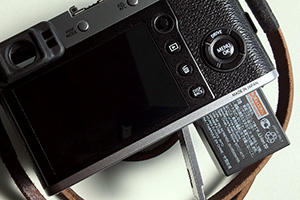
The Fuji X100F now uses the same NP-126S batteries found in the X-Pro2 and X-T2. Ironically I got about the same number of shots using these higher capacity batteries as I did using the slimmer batteries on the X100T. I think it’s more an issue of the new sensor and processor consuming more power than actually providing more shots so it’s all good.
On the downside though, existing X100T users will need to buy all new batteries if they’re planning to upgrade to the Fuji X100F. And while this sucks, time marches on. The improvements in usablity and picture quality on the X100F are worth the cost of a couple extra batteries.
Manual Focus
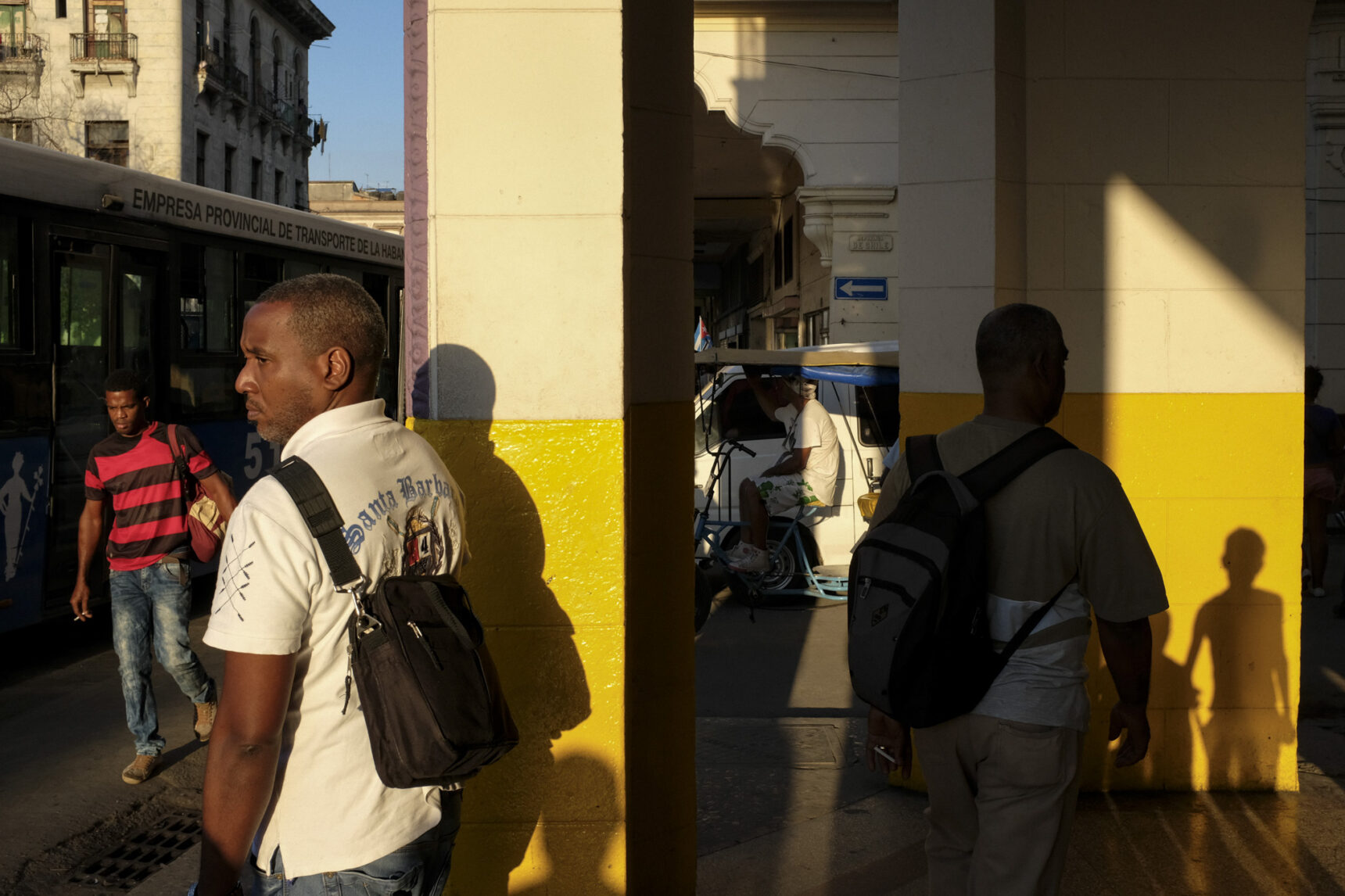
By now you’re all familiar with how I shoot. I use manual focus and set my focus point at the hyperfocal distance of the lens at a given aperture. This lets me shoot with confidence knowing everything from about 7 feet to infinity will be in focus. It’s a variation on the zone focus technique that Leica shooters have been using for over half a century.
The front element of the 23mm f/2 lens moves forward and back when you focus. Previous models of the Fuji X100 would remember your focus position after a power down making it possible for the lens to collide with the lens cap when the camera is powered on. When this happened, the camera would throw an error and you’d have to remove the lens cap and restart the camera.
To protect the AF motor, the Fuji X100F now resets the focus distance to 2 meters (or around 7 feet) whenever the camera powers down or enters sleep mode.
The way I shoot meant that I had to keep an eye on the focus distance after the camera powers on or wakes up from sleep. It was a bit of a pain in the arse but I did it all through Havana and still came back with some decent shots so it’s not the end of the world.
Honestly, most people are going to use this camera in autofocus mode so this will never be an issue. But I wanted to mention it because it’s different from previous X100 cameras.
UPDATE MAY 25, 2017 – Firmware 1.01 has been released and Fuji has eliminated the manual focus reset issue.
Sample Images
This is a good time to talk about the quality of Fuji’s out of camera jpgs.
All of the sample shots in this review were shot as jpgs using the Provia (Standard) film simulation. I’m normally a raw guy but at the time of the review the camera’s raw files weren’t supported by Lightroom so it was jpg or nothing. I have to say I was surprised by how good Fuji jpgs look!
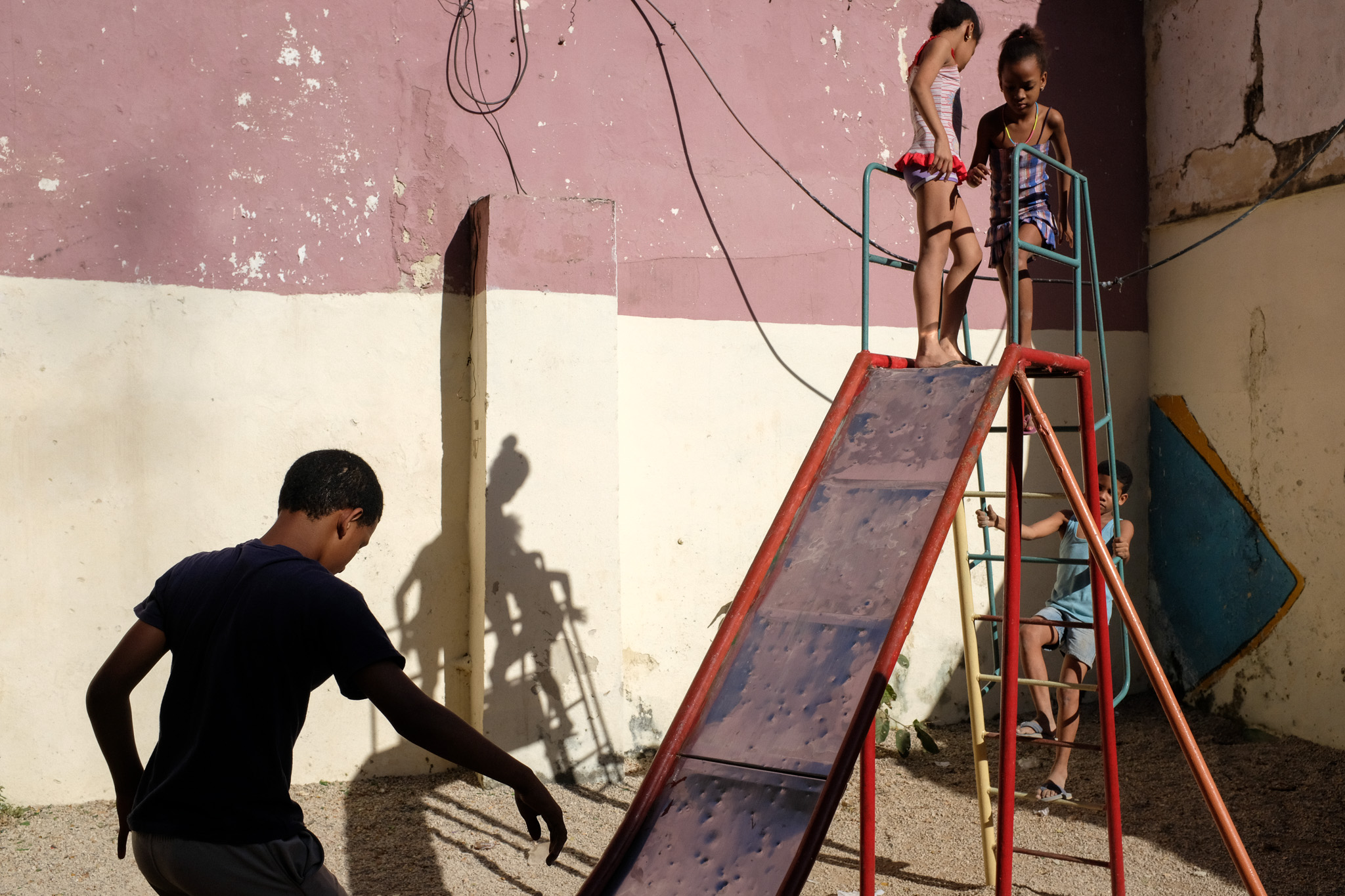
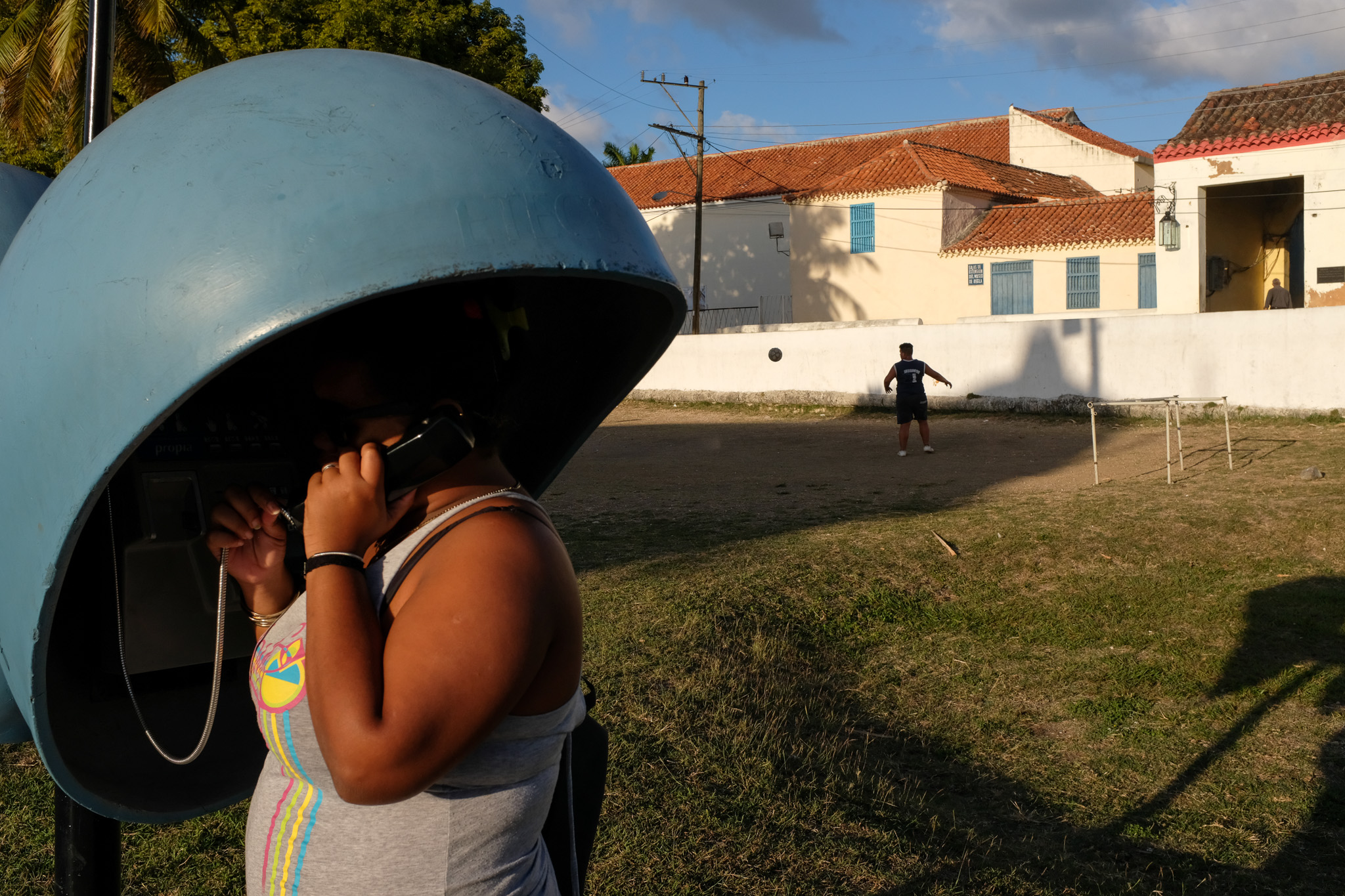
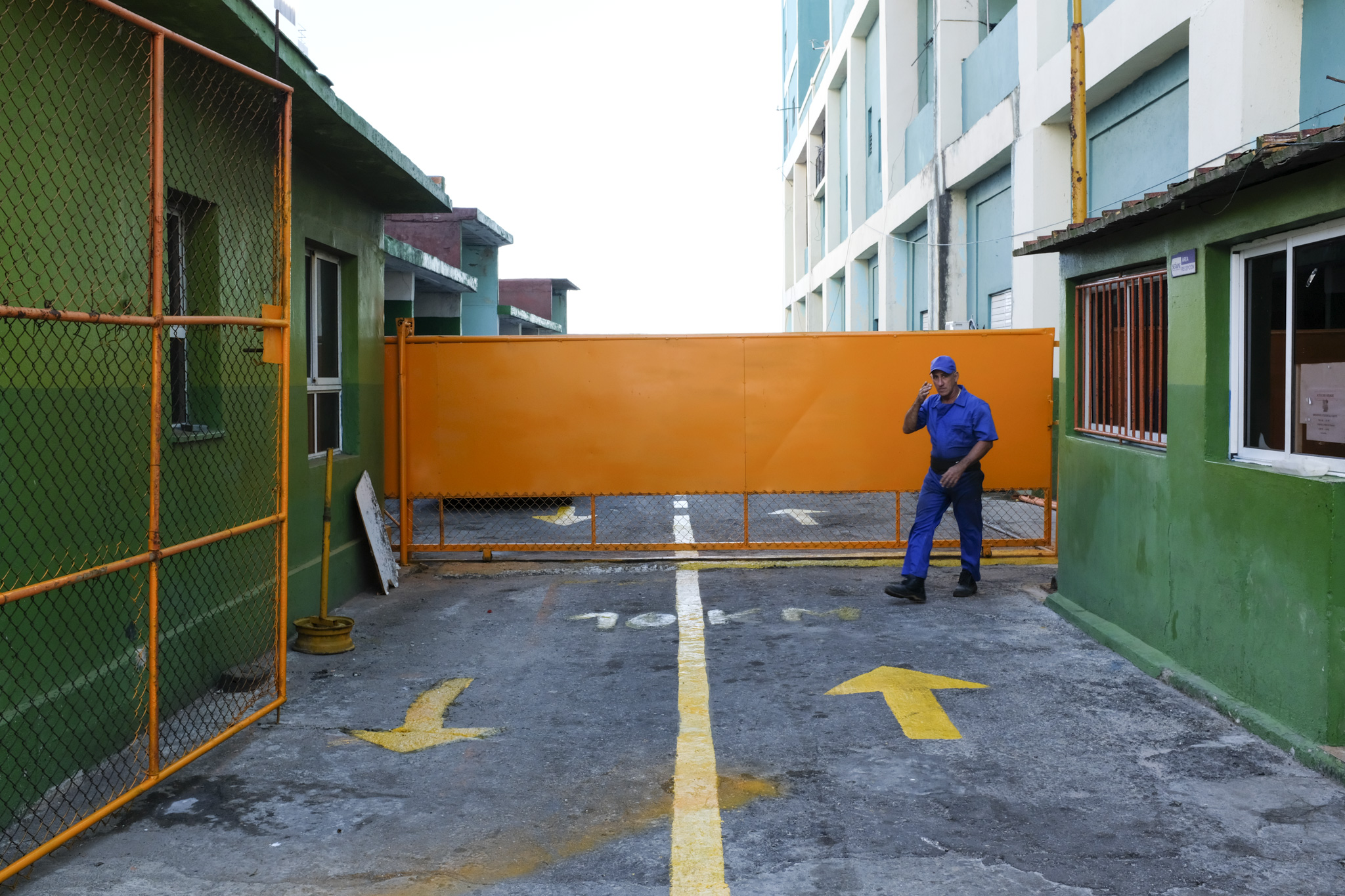
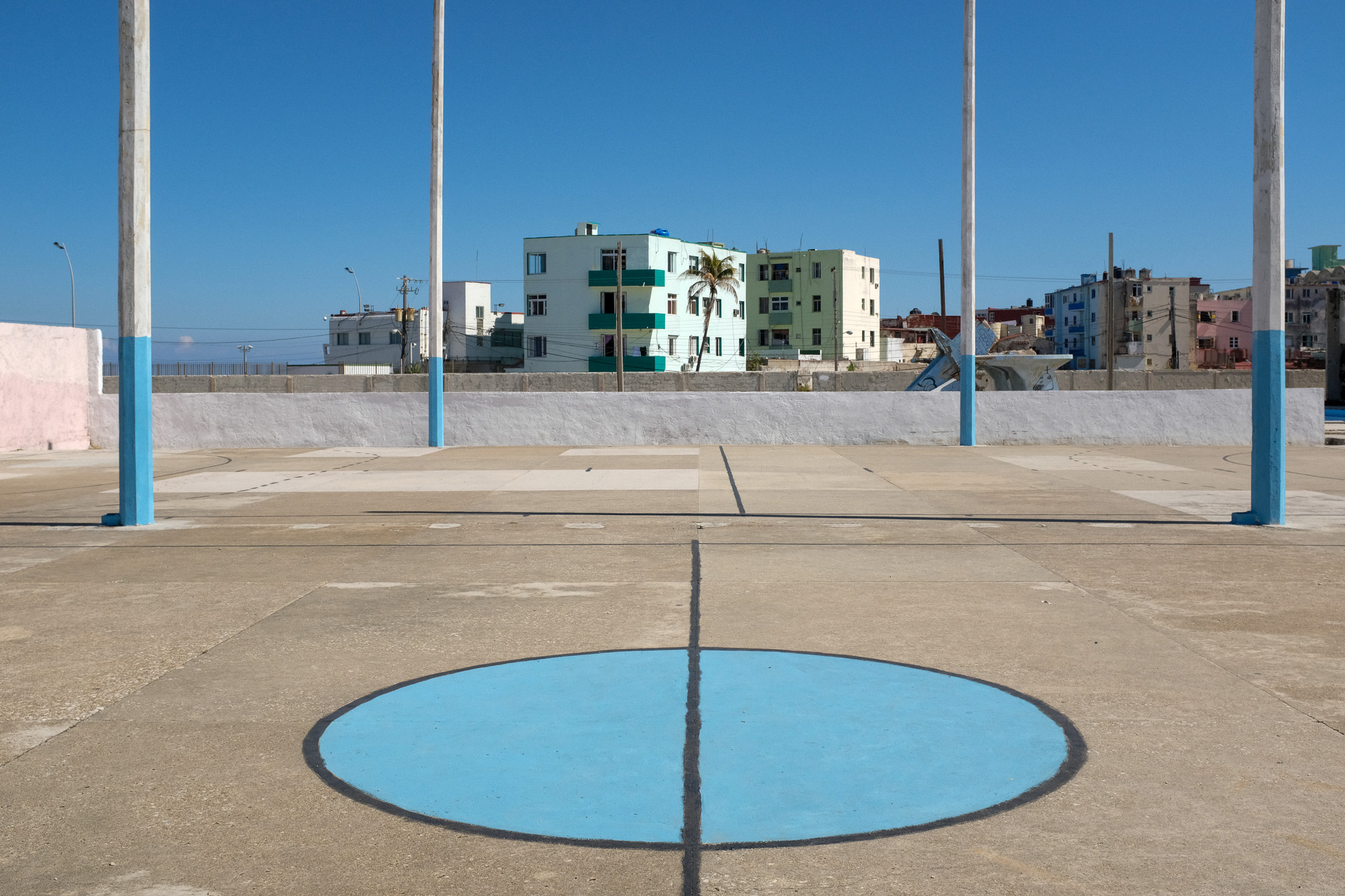
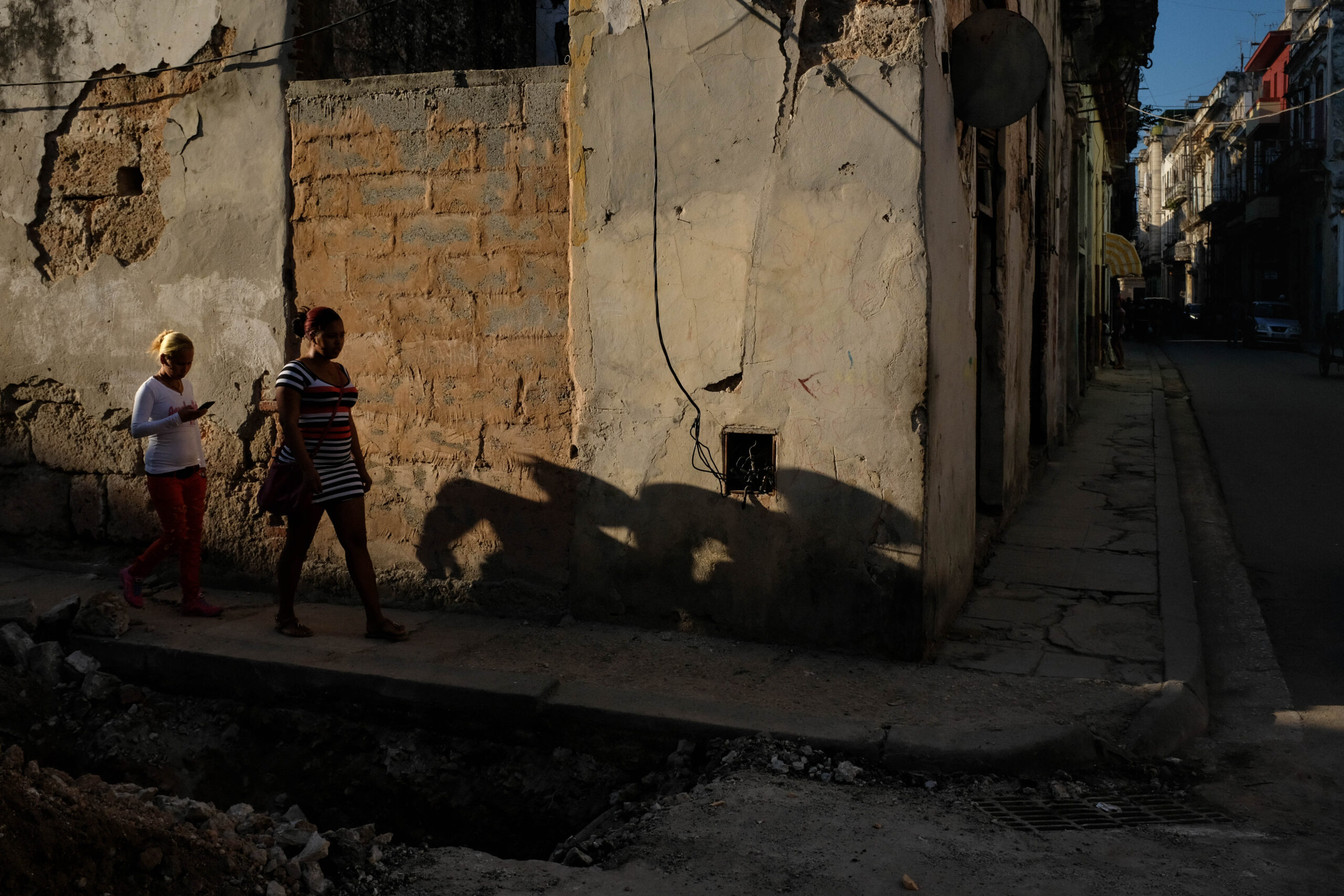
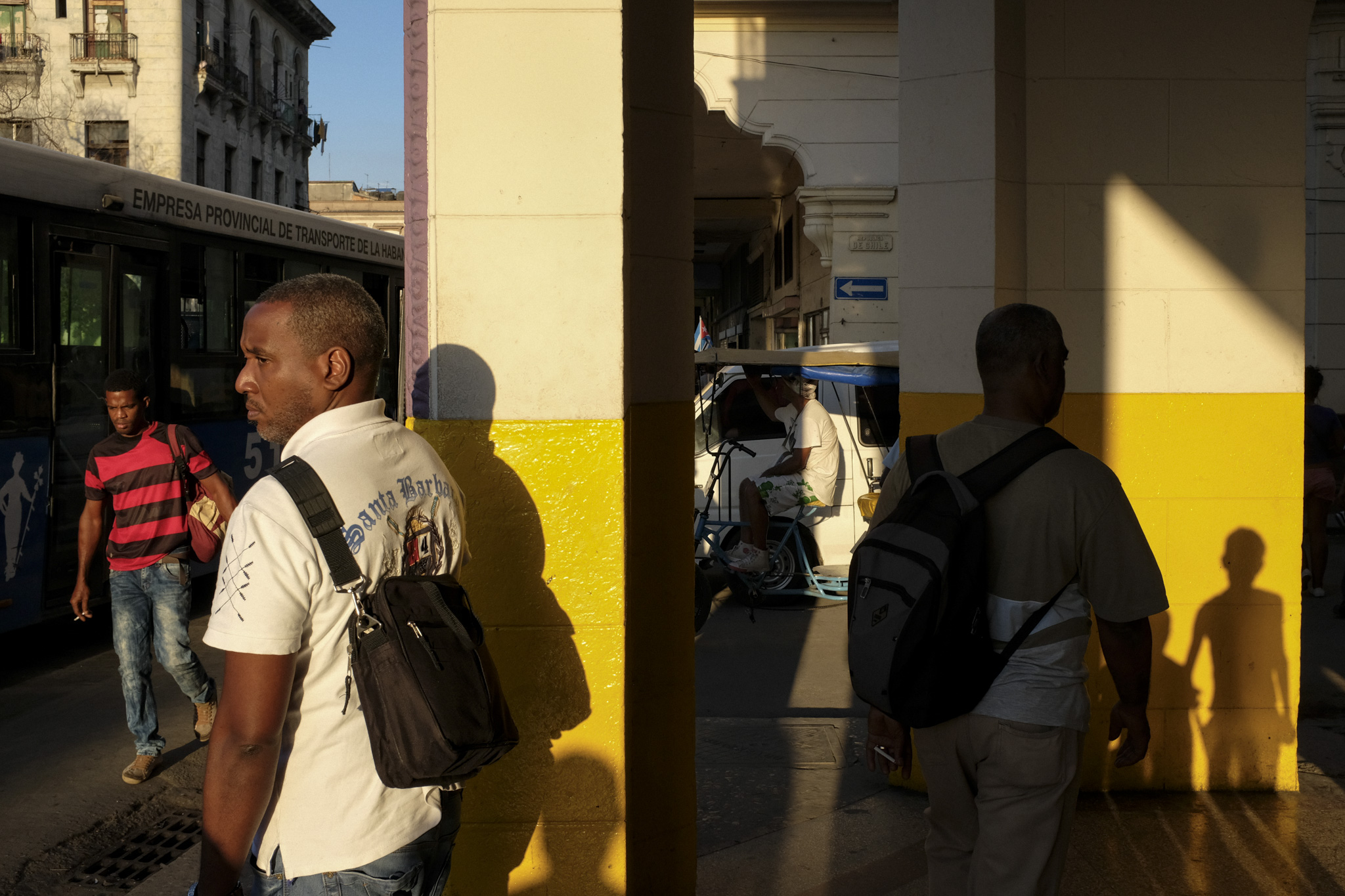
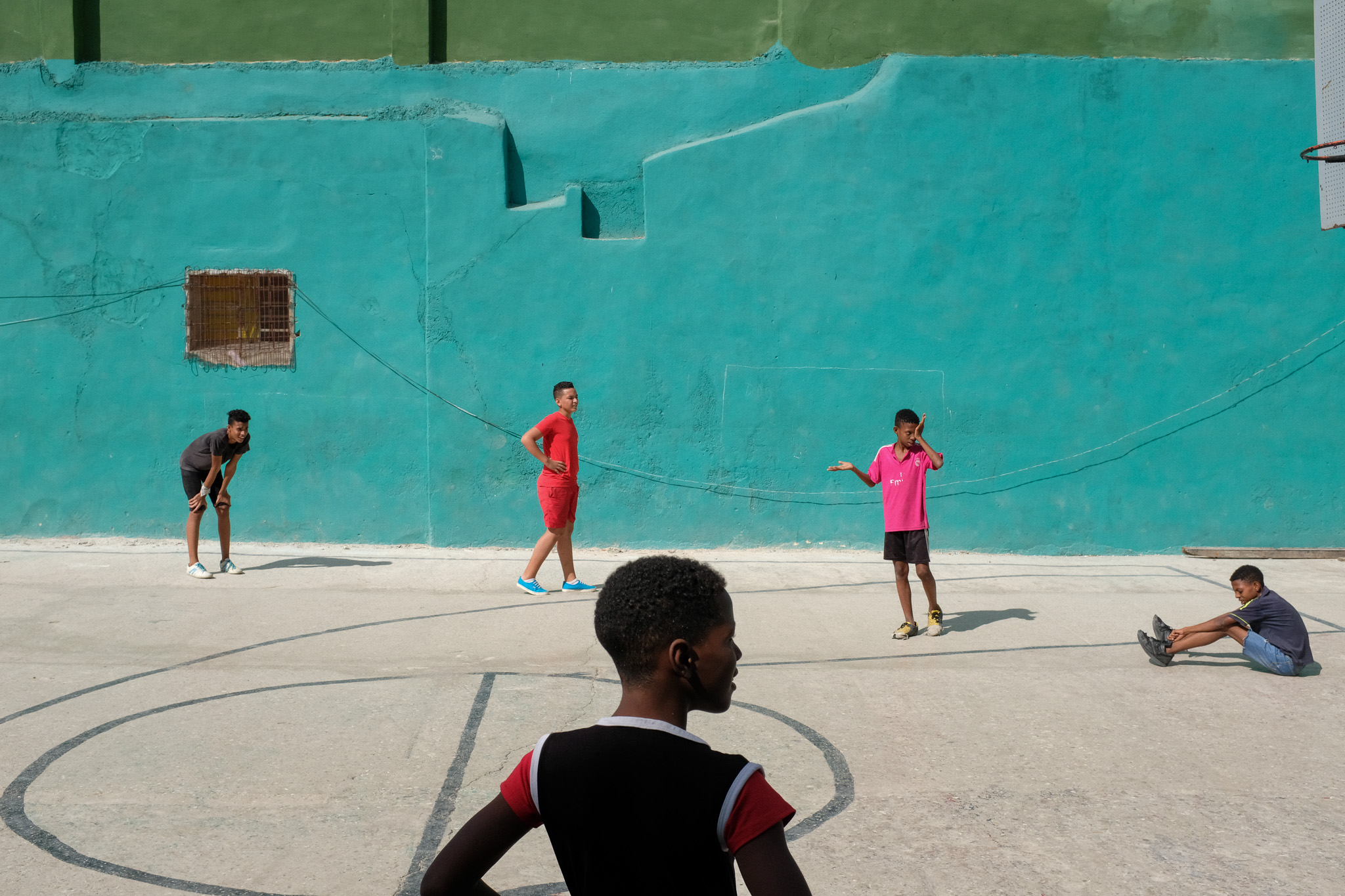
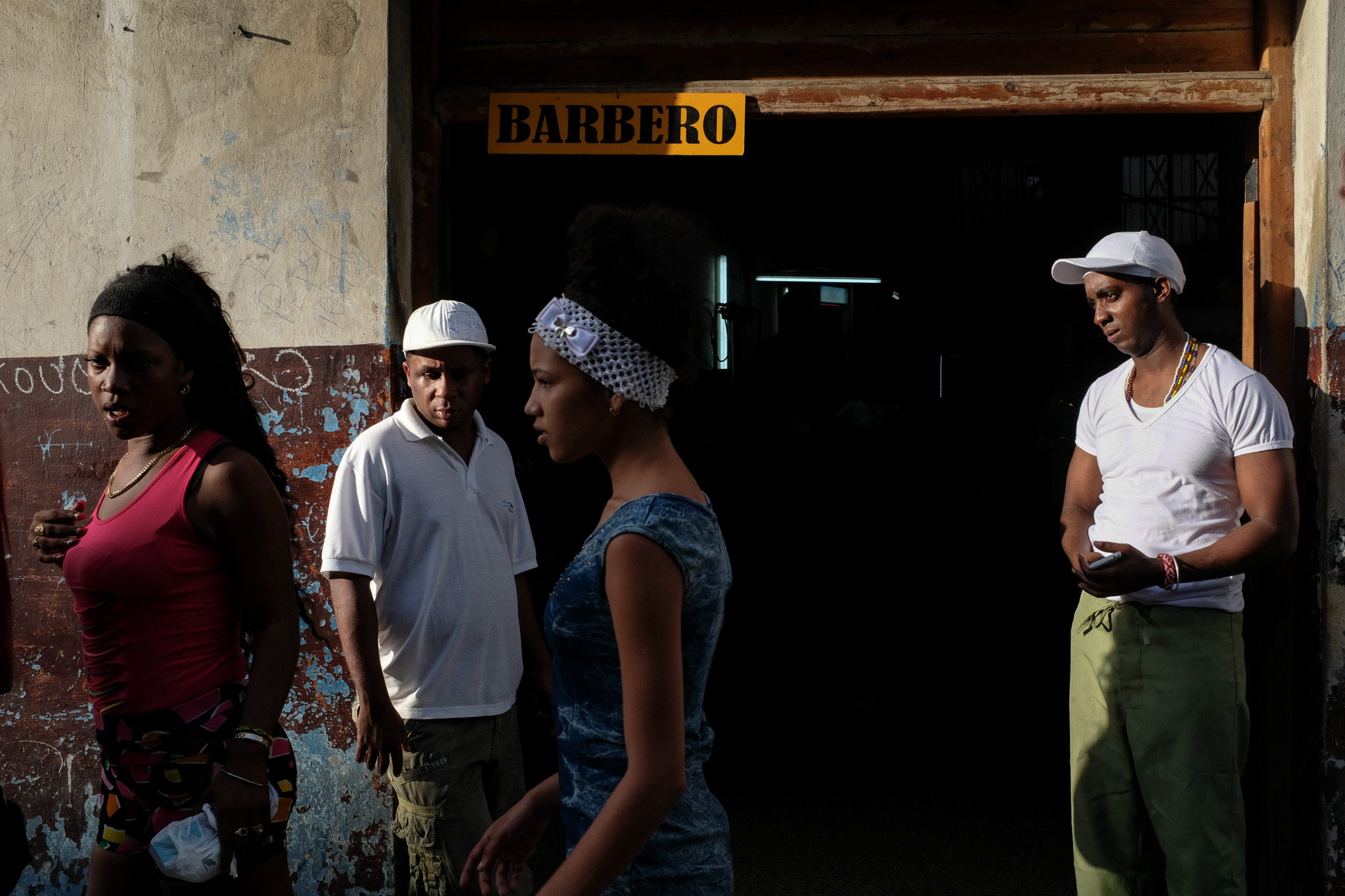
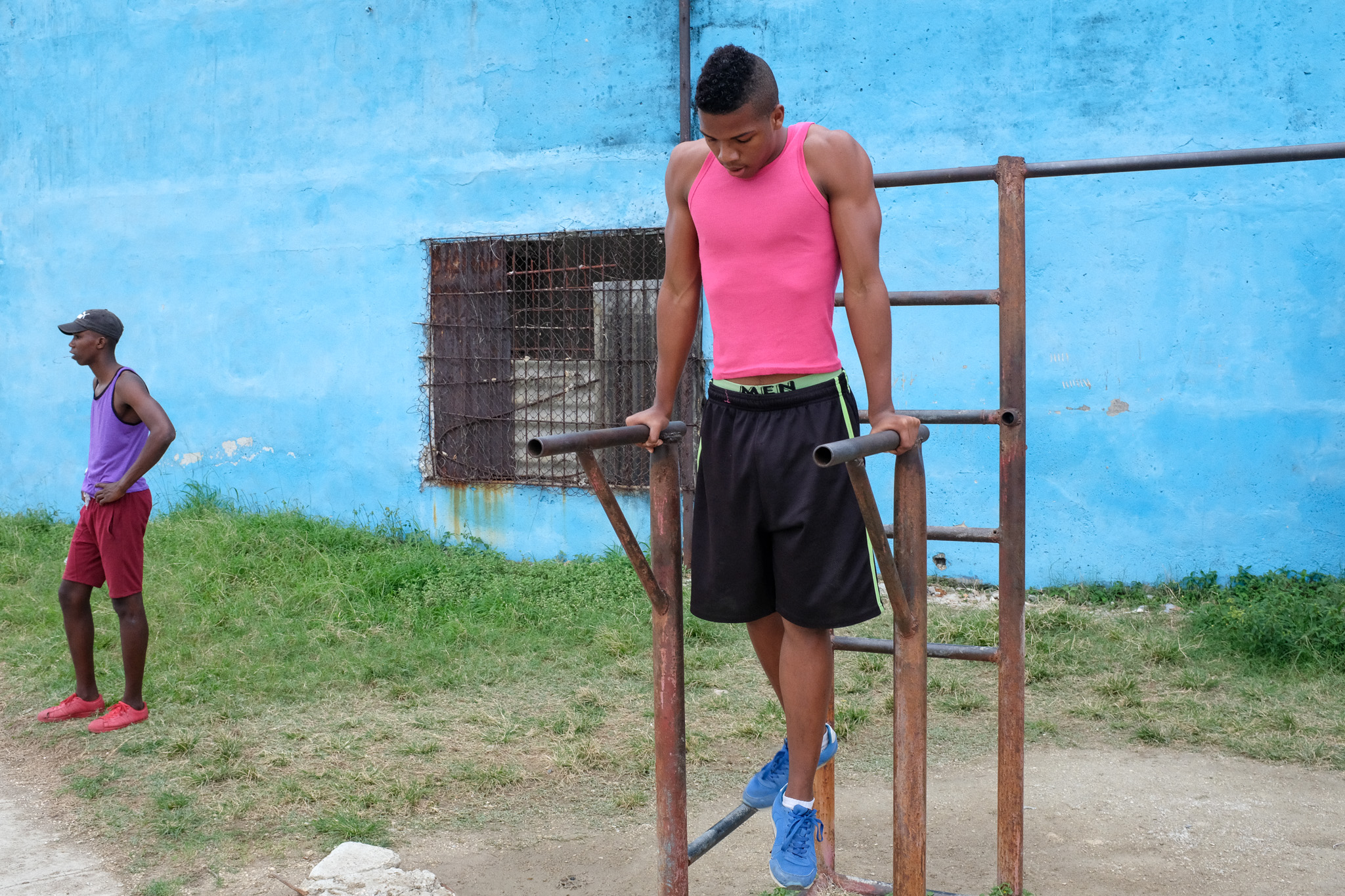
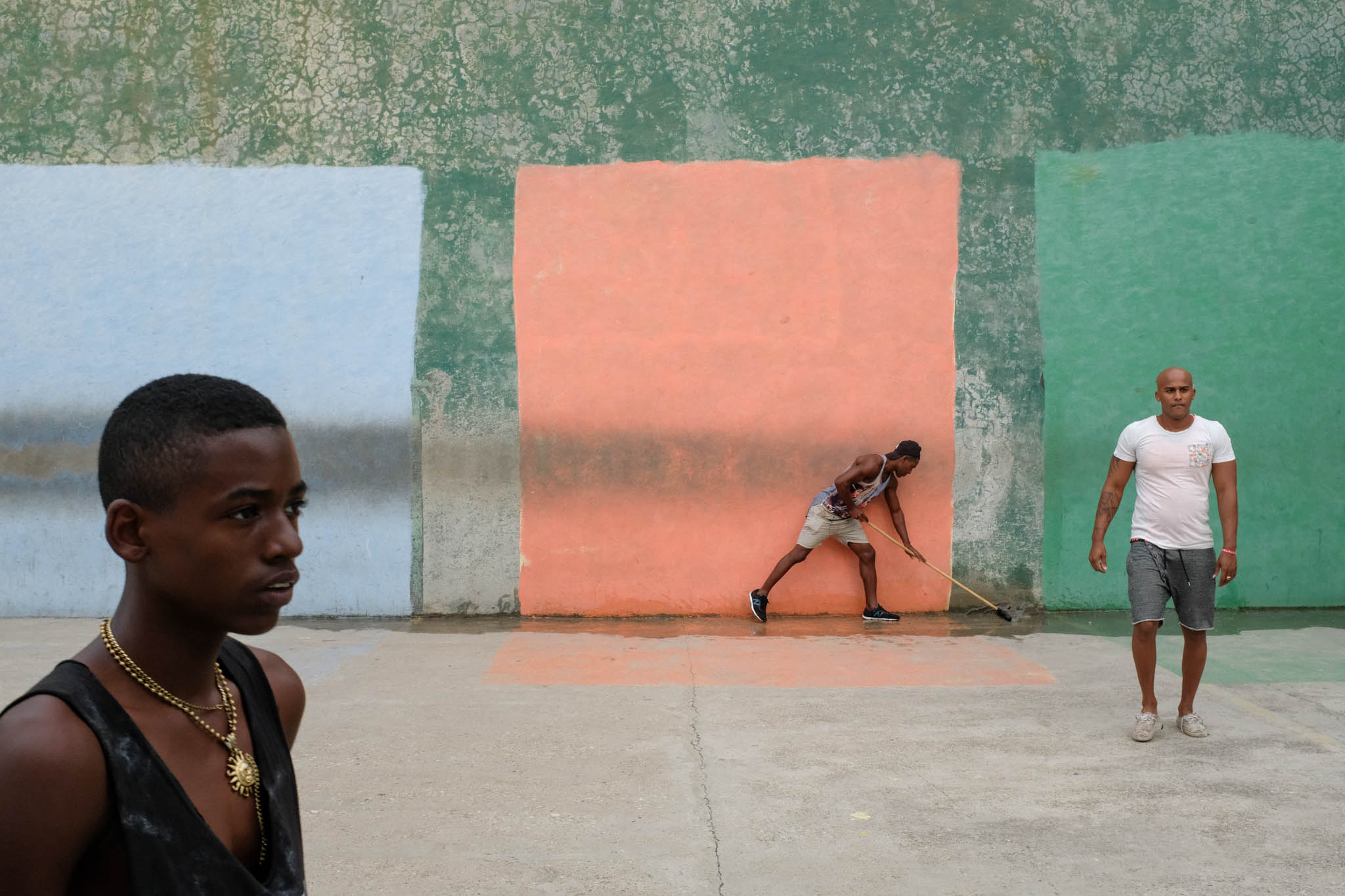
I’ve never been able to get my raw files to look the same as out of camera jpgs from my Fuji cameras and I’m starting to think this built in look is one of the camera’s strongest features. I honestly don’t see any reason to switch back to raw other than the comfort of being able to fiddle with white balance and exposure a bit more.
My post production workflow involves brightness and contrast adjustments to taste and I drop the red and orange saturation a touch (i think all digital cameras over-saturate the reds). That’s it.
Everything else is Fuji jpg magic.
A Discreet And Understated Shooter
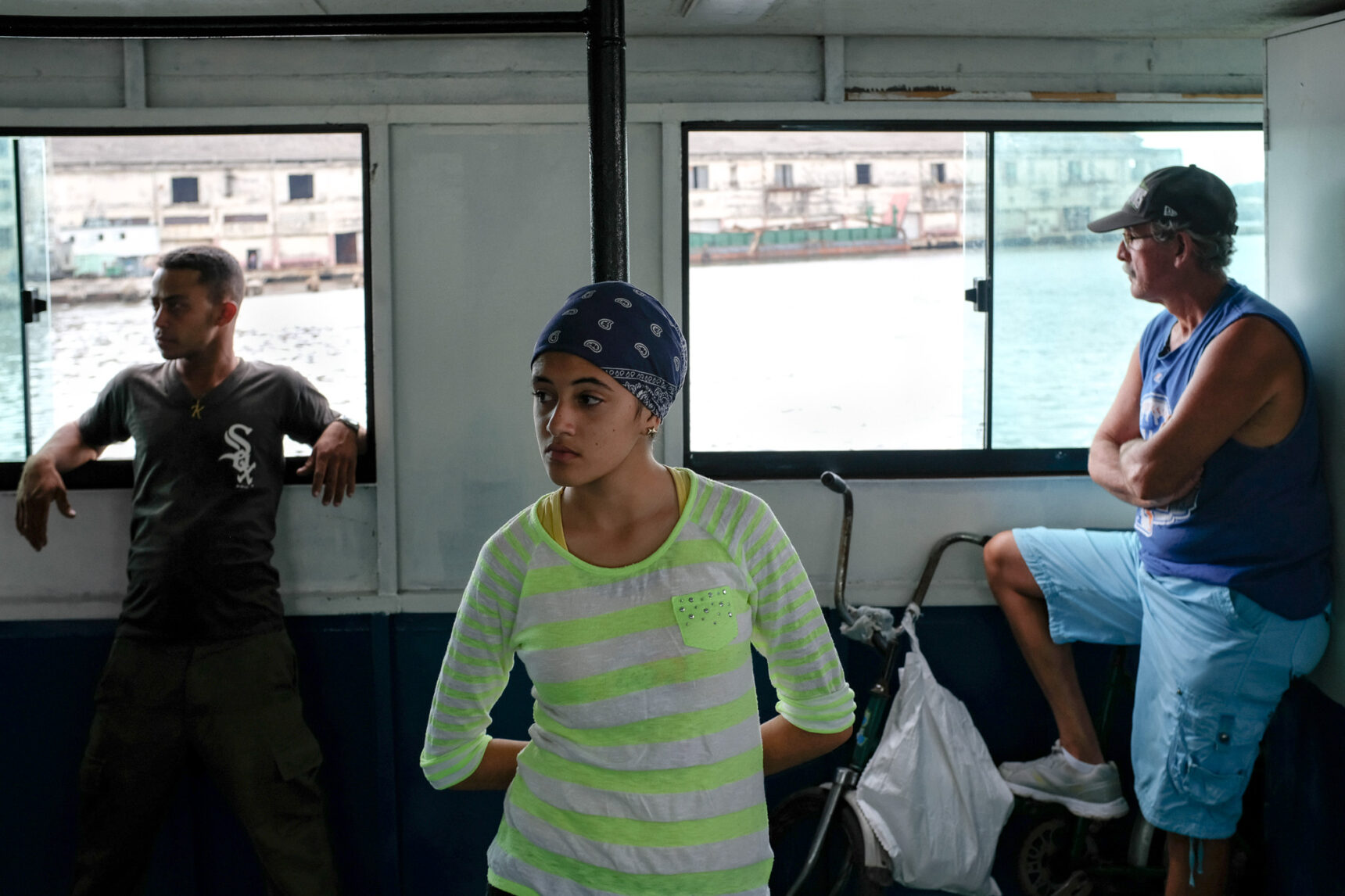
I was in Havana with my friends Harsh and Serge who were shooting with a Leica Q and an X-Pro2. On a couple of occasions I saw them run into confrontation while I was able to keep shooting without much notice. It’s not that the X100F is invisible – I was using the silver version which is about as bright as it gets!
I think it boils down to the fact that the Leica Q and X-Pro2 look like big professional cameras. And the Fuji X100F just sort of looks like a snapshot camera that your mom might be using. For the most part, people didn’t see me shooting them as a problem and I was free to go about my business. It was a real confidence booster to walk into a situation with the sense that nobody was going to notice me and I got a lot of shots I may have otherwise missed.
All in all, the week in Havana with the Fuji X100F was a positive experience. This little camera proved itself to be a competent and capable little shooter that I was happy to have around my neck no matter where I went.
Fuji X100F Pros:
- Small and light weight, perfect for long days of shooting.
- Amazing image quality.
- Much better EVF / OVF.
- Speedy and responsive.
- Feels like an old friend.
Fuji X100F Cons:
- No weather sealing.
- ISO / shutter speed dial is a pain in the butt (but whatever).
- Autofocus is improved but not as fast as X-Pro2 / X-T2.
- Manual focus distance resets to 2 meters after power down.
UPDATE: The Fuji X100F has been replaced by the excellent X100V which is available at your favorite online retailer:
Fuji X100V (Black) at B&H.
Fuji X100V (Silver) at B&H.
Canadian shooters can find the X100V at Canada’s best photography store:
Fuji X100V (Black) at CameraCanada.
Fuji X100V (Silver) at CameraCanada.
If you prefer to shop local you can check Fuji’s website for a brick and mortar retailer near you:
Fujifilm – Where To Buy Digital Cameras.
Please support StreetShootr and use one of the links on this page if you decide to purchase the Fuji X100F. I will receive a small commission that helps keep this site alive and growing. Thanks for your support!
What’s your take on our Fuji X100F review? Is this the perfect street photography camera you’ve been waiting for? Or do you still prefer Fuji’s flagship X-Pro2 and X-T2? Post your ideas in the comments below and keep the conversation going!

